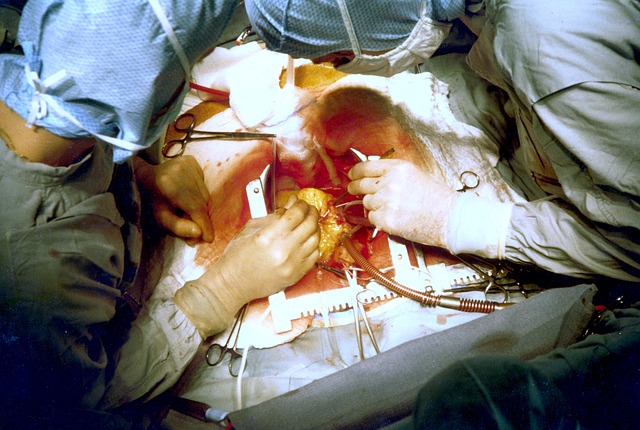If you find yourself asking, “What is Coronary Artery Bypass Graft (CABG) surgery”
Then you have come to the right place. According to the American Heart Association, Coronary Artery Bypass Graft (CABG) is one of the most commonly performed operations in the United States.

CABG surgery is for those patients who have significant articular narrowings and blockages around the heart. CABG surgery creates new passageways to keep the blood flow delivering oxygen and nutrients.
When plaque begins to build up along the artery walls, it can harden, making it difficult to nourish the heart muscle. Plaque is mostly made up of cholesterol and can be compounded by high blood pressure, diabetes, and smoking.
If you are over the age of 55 for women or 45 for men or have a blood relative with CABG, then be sure to see a doctor for testing.
If a patient has a significant plaque, Coronary Artery Disease (CAD) can occur, making it difficult for the arteries to supply the heart. If a coronary artery narrows over 50-70%, the flow of blood does not sustain the need for oxygen during physical activity.
An oxygen-starved heart is called Ischemic. Chest pain (angina) often results from the condition, but be aware as some patients, nearly 25%, have zero chest pain at all. Known as silent angina, this condition can be deadly.
Blood flow is completely blocked. Should an artery narrow between 90-99%, patients have what is considered accelerated angina or unstable angina? The latter can also result from a blood clot.
A heart attack can result when a blood clot, also known as a thrombus, forms due to the plaque buildup.
CAD detection is done using a resting electrocardiogram (EKG). This records a heart’s electrical activity and the level of oxygen starvation.
A stress test, otherwise known as Stress Echocardiography, is often performed using an exercise treadmill. This process gives a 60-70% accurate reading.
Even greater accuracy can be achieved with the addition of a nuclear agent (Cardiolite or thallium), giving the doctor a nuclear image of blood flow to various parts of the heart.
This agent is injected during the stress tests.
If a patient cannot handle this type of stress test due to other health conditions, the heart can be stressed using injected medication. The imaging can still be taken with an ultrasound or a nuclear camera.
Another effective method is to partner echocardiography (an ultrasound image of the heart) with an exercise stress test.
This method gives a reading of 80-85% accuracy when determining if a patient will need a Coronary Artery Bypass Graft – GABG.
For the most accurate reading for coronary artery, narrowing is the combination of cardiac catheterization and angiography (coronary arteriography). The doctor will place catheters into the right and left arteries of the heart. Iodine contrast dye is injected into the arteries. An x-ray video records the process.
To determine if treatment for ischemia is needed, the patient is asked to undergo an exercise study.
CAD is treated with one of three classes of medications that limit the heart’s oxygen demand.
These include nitrates, beta-blockers, and calcium blockers. In addition, aspirin and heparin (an intravenous blood thinner) are given to patients with unstable angina. Aspirin prevents the buildup of blood platelets, and heparin stops clotting.
So, that brings us back to your question: “What is Coronary Artery Bypass Graft (CABG) surgery?” It is a surgery that clears angina when medical therapy or a PTCA is no longer an option. CABG surgery is a good option for those with multiple arterial narrowings in several coronary artery branches.


